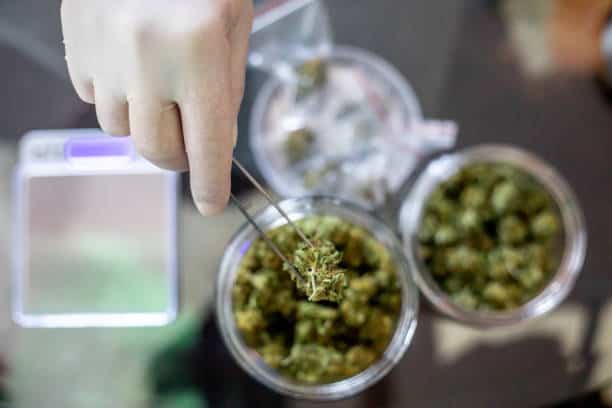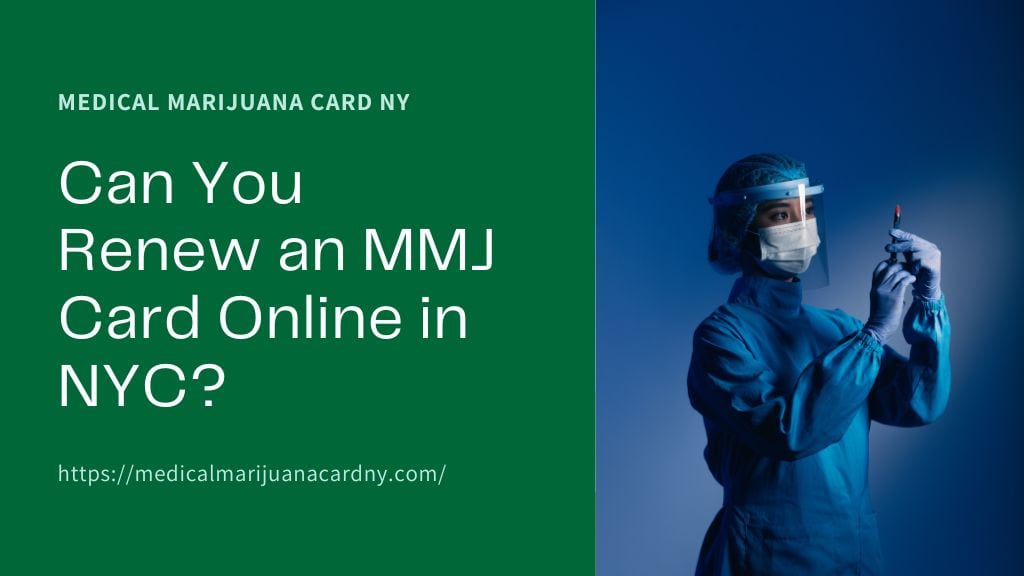Medical marijuana cards provide legal access to cannabis for health-related purposes. If you have applied for one, staying informed about your application’s progress is essential. The process of checking your medical marijuana card status varies depending on your location. This guide explains how to monitor your application and what steps to follow for a smooth experience.
Table of Contents
ToggleUnderstanding the Medical Marijuana Card Application Process
Before checking your application’s status, it helps to know the general process involved. While each state’s requirements differ slightly, these are the common steps:
Application Submission
- Complete the required forms online or on paper.
- Provide proof of residency, such as a driver’s licence or utility bill.
- Submit medical records showing your qualifying condition.
- Include a doctor’s recommendation for medical cannabis use.
Payment of Fees
- Pay the application fee. Costs vary by state, often ranging between $25 and $200.
Review and Approval
- Authorities review the submitted information to verify its accuracy.
- If approved, the card will be sent by mail or electronically.
Ways to Check the Status of Your Application
Checking your application status depends on the tools and resources provided by your state’s medical cannabis program. Here are several ways to track your card’s progress:
Online Portals
Most states offer an online system for medical cannabis card applications. These portals allow you to log in and view your status.
Steps for Using an Online Portal:
- Visit your state’s medical marijuana program website.
- Log in with your account credentials, such as your email and password.
- Navigate to the application section.
- Look for updates or pending requirements.
For example, Hawaii’s 329 Application Tracker provides clear updates on application milestones, while states like Michigan have a Medical Marijuana Program Portal where patients can monitor their progress.
Email Notifications
Some programs send regular updates via email. Check your inbox for messages from the health department or cannabis authority. If you don’t see any updates, check your spam folder.
How to Handle Email Communication:
- Ensure your contact details are correct in your application.
- Add the program’s email address to your safe senders list.
- Respond promptly to any requests for additional information.
Phone Assistance
Many state programs offer customer support phone lines. Speaking directly with an agent can provide clarity if you’re unsure about your application’s progress.
Tips for Calling:
- Prepare your application ID or reference number.
- Call during business hours for the fastest response.
- Be polite and concise when explaining your query.
Physical Mail
If you applied through a paper form, updates may arrive via postal mail. This method takes longer, so consider using other tracking options alongside it.
Things to Watch For:
- Look out for official letters or notifications.
- Keep a copy of your application for reference.
Common Issues and Solutions
Sometimes, delays or issues can arise during the application process. Here’s how to address them:
Missing Documentation
One common cause of delays is incomplete paperwork. Double-check that you’ve submitted all required documents.
Solution:
- Log in to your online portal to verify submission details.
- Provide any missing items promptly to avoid further delays.
Payment Problems
If your payment didn’t process correctly, it could hold up your application.
Solution:
- Check your bank statement for the transaction.
- Contact your program’s support line if there’s an issue.
Errors in Application
Mistakes in your personal information or medical records can also delay approval.
Solution:
- Review your application carefully.
- Submit corrections through the appropriate channel.
How Long Does Approval Take?
Processing times vary significantly by state. Some programs approve applications within a few days, while others may take weeks.
Typical Timeframes:
- Florida: 7-10 business days
- Colorado: 1-3 business days
- Mississippi: Up to 30 days
What to Do If Your Application Is Denied
Receiving a denial can be disappointing, but you can often appeal or reapply.
Steps After Denial
Review the Reason
- Understand why your application was denied. Common reasons include missing information or ineligibility.
Make Corrections
- Address the issue, such as adding missing documents.
- Contact support for clarification if needed.
Reapply or Appeal
- Submit a new application or appeal the decision, following your program’s guidelines.
Benefits of Having a Medical Marijuana Card
Once approved, your medical marijuana card grants access to legal dispensaries and other benefits, such as:
- Discounts on cannabis products.
- Access to high-quality, lab-tested products.
- Legal protection when purchasing and using cannabis.
Conclusion
Checking the status of your medical marijuana card is straightforward when you know where to look. Use online portals, emails, and other resources to stay informed. Address any issues promptly to avoid delays. By understanding the process and requirements, you’ll be better prepared to access the benefits of medical cannabis. Keep track of your application and ensure everything is in order for a smoother experience.
Reference
https://health.hawaii.gov/medicalcannabisregistry/files/2020/08/Check-the-Status-of-your-329-Application.pdf
https://www.mmcp.ms.gov/node/29
https://myfloridagreen.com/check-my-florida-medical-marijuana-status/
https://www.mmcp.ms.gov/node/86
https://portal.ct.gov/dcp/medical-marijuana-program/application-status
https://www.nmhealth.org/about/mcp/svcs/
https://cdphe.colorado.gov/medicalmarijuana
https://www.michigan.gov/cra/faq/program-list/caregiver-questions/can-i-find-out-the-status-of-my-patients-application-if-i-contact-the-mmmp





